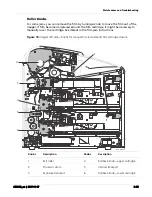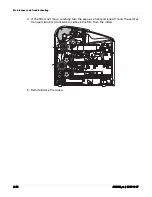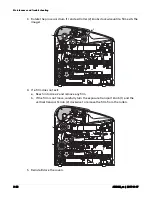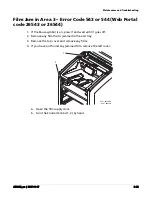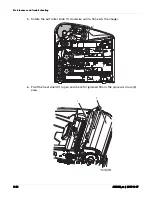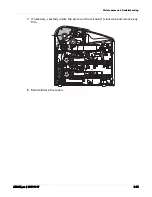
Film Technical Information
4–2
AD3435_en
|
2017-11-17
Film Image Quality
The Laser Imaging Film delivers diagnostic-quality, continuous-tone images along with
sharp alphanumerics and optimum contrast. This high-quality, silver-based film provides
health care providers with the same diagnostic information they are accustomed to
viewing—including spatial resolution, contrast, and gray levels. Because it is a totally dry
imaging process, there is no image quality variability due to wet chemistry.
Environmental Impact
Tests show that the Laser Imaging Film is not considered hazardous to the environment.
As a result, you can develop, recycle, and dispose of film with less impact on the
environment than if you were using wet-developed silver halide films.
Table 1:
Laser Imaging Film—US Environmental Regulations Comparison
Wet (Silver Halide) Film
Dry Film
Developer
Fixer
Wash
Film
Film
Product Regulations
OSHA MSDS
Required
Required
Not required
Not required
Provided
DOT
Hazardous
Hazardous
No limits
No limits
No limits
Use permits
Local
Local
None
None
None
Disposal Regulations
*†
* There is no Superfund liability with dry Laser Imaging Film.
† State and local laws vary. Consult appropriate regulations or authorities prior to disposal.
EPA
Hazardous
Hazardous
No
No
No
DOT
Hazardous
Hazardous
No
No
No


